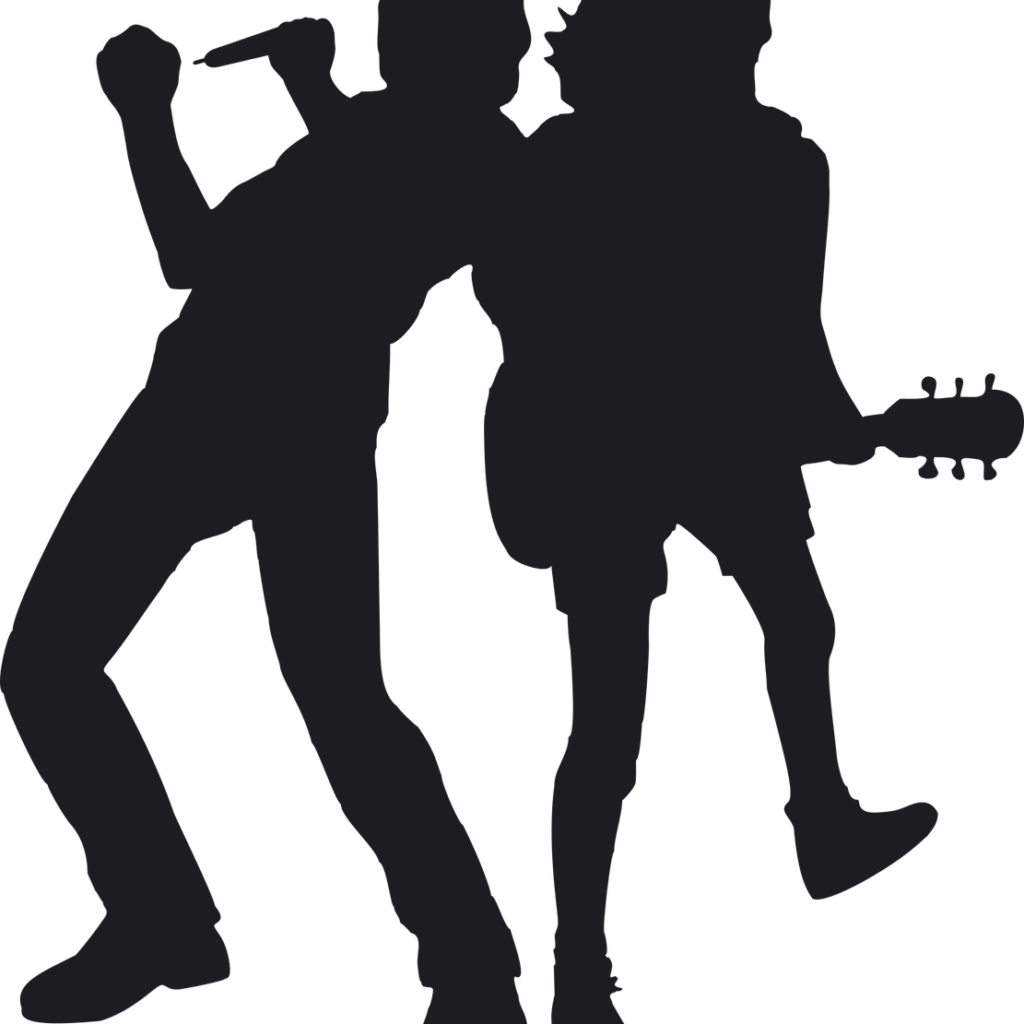The Dominican Republic gave birth to the passionate and musically compelling genre known as “bachata,” but it has since spread worldwide. As the genre keeps developing and captivating listeners throughout the globe, this continues to be a representation of cultural pride and a relatable form of music.
Continue reading to see the development of bachata music.
The Origin of Bachata Music
The Dominican Republic was where bachata music first appeared in the early to mid-20th century. From being a despised and neglected genre, it has become a widely accepted and cherished type of Latin music.
An article by Havana People, a salsa dance school, says, “Bachata came about in the 1960’s in the Dominican Republic when times were tough and with strict censorship coming from the Dominican dictator Trujillo…and was not broadcast on the radio because they believed it to be crude, vulgar and related to rural crime.” The rise of Bachata from its modest rural beginnings to its current position as a well-liked and prominent genre is evidence of its adaptability, cultural relevance, and endurance.
The Core Elements
The particular set of fundamental components that give bachata music its distinct sound and emotional connection are what distinguish it. These components contain the melodic instruments, rhythms, poetic patterns, and danceable attributes.
An article by Bachata Class, a class that teaches people how to dance this genre of music, says, “Bachata is a genre of music from the Dominican Republic and traditionally has a singer and five essential instruments. These instruments are the lead guitar, rhythm guitar, bass guitar, bongo, and guira.” Gaining knowledge of these fundamental components can help one appreciate the depth and variety of bachata art.
The guitar is a key instrument in bachata music, contributing to the distinctive sound of the genre. It achieves bachata’s emotional and expressive aspects through rhythmic riffs and fingerpicking approaches. Classic bachata commonly incorporate maracas and bongo drums as percussion instruments, adding details to the beat and increasing the danceability of the music. Dancers often synchronize their movements with the percussion rhythms of the güira, enhancing the connection between the dance and the beat.

Well-Known Performers
Many gifted artists who have had a lasting impact on the genre formed bachata. These musicians have contributed to its international recognition through their musical efforts. Many people frequently recognize Juan Luis Guerra, the Dominican singer, composer, and producer, for popularizing bachata worldwide. His band, 4.40, has won several Grammy Awards for its successful tunes that fuse bachata with different genres.
Romeo Santos led Aventura, a renowned bachata band that gained significant influence in the 2000s. Aventura, renowned for its contemporary interpretation, has gained global recognition for its captivating love lyrics and R&B blend. After Aventura’s popularity, Romeo Santos pursued a solo career and continued to rule the bachata industry. He is a global bachata figure, mainly due to his solo recordings combining traditional and modern aspects.
Anthony Santos, known as “El Mayimbe,” is a Dominican bachata performer who significantly contributed to the genre’s growth and popularity. His music frequently respects the classic bachata roots while emphasizing an emotional storyline.
Conclusion
Bachata, a popular Latin music genre, is a vibrant representation of Dominican culture that attracts global listeners. It is known for its powerful melodies, captivating rhythms, and skillful stories and continues to attract listeners in its classic and evolving forms.
To see more music articles, visit our site.

